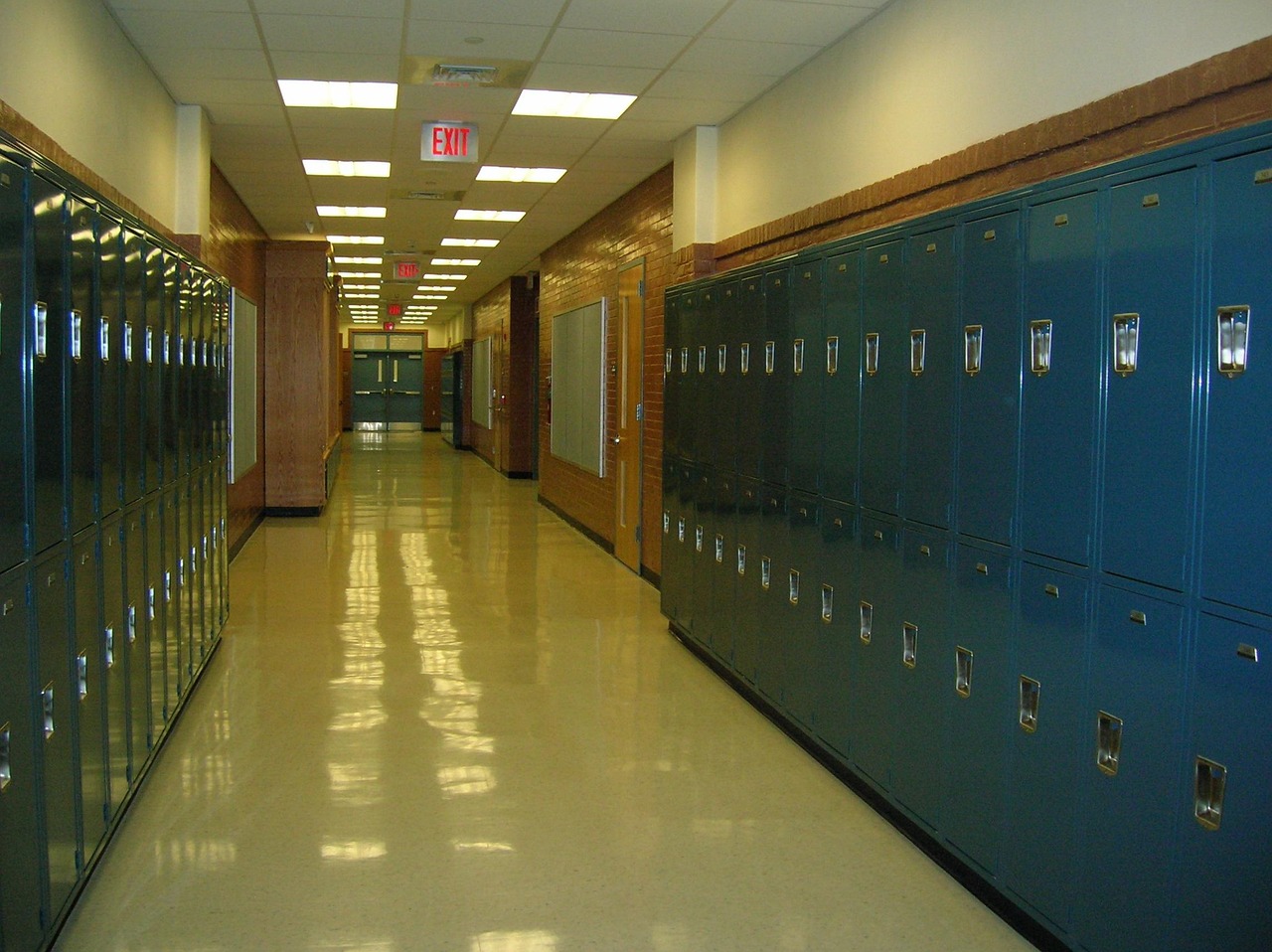The eye-catching cover design had been tempting me for a while before I picked up…
There’s more to teen fiction than Harry Potter
The teenage years are renowned as being some of life’s most impressionable. It is a time when Kurt Cobain speaks to the soul and Eddie Furlong speaks to the heart. But it is not just musicians and movie stars that can make an impression on a young mind; books can also make a deep and lasting impact.
As a teenager, in my bedroom decorated with pink and lace, in deep suburbia, I cried over the loss of a drug addict to rehab, fretted over the spectre of gang violence and raged against racial injustice as I read some of the time’s most popular young adult fiction.
Books provided a window into the adult world and emotions I had never experienced so strongly, of grief, fear, anger and love. They also influenced my outlook, exposing me to different cultures and experiences, helping me understand my place in a much larger world.
In SE Hinton’s controversially violent book, The Outsiders, I learnt about a wilder, more unpredictable and dangerous world, while in Bridge to Terabithia, I was introduced to the power of friendship, loss and grief. To Kill a Mockingbird gave me a bitter taste of injustice and racism, and Judy Blume’s books made me see I wasn’t alone in my experience of this strange, awkward stage of life.
More recently, young adult fiction has evolved to reflect more diverse outlooks and experiences, attracting a new breed of readers. Led by blockbusters including Harry Potter and The Hunger Games titles, sales are booming.
In fact, prefacing a list of the 100 top young adult books of all time, editors of Time magazine claimed young adult fiction was experiencing a ‘golden age’.
They explained: “… when books ostensibly written for teens are equally adored by readers of every generation. In the likes of Harry Potter and Katniss Everdeen, they’ve produced characters and conceits that have become the currency of our pop-culture discourse—and inspired some of our best writers to contribute to the genre.’’
The list, compiled using a survey of booksellers and prominent literary figures and organisations, featured relatively recent books such as The Book Thief, The Fault in Our Stars and The Curious Incident of the Dog in the Night-time. However, I was surprised by how many favourites of my teen years were included, such as The Outsiders and Are You There God? It’s Me, Margaret.
There were also many much older books, including Wind in the Willows, Charlotte’s Web, The Chronicles of Narnia, Anne of Green Gables, Mary Poppins and The Princess Bride.
Long-time literary editor Stephen Roxburgh agreed with the Time article, saying he believed that since young adult literature emerged as a category about forty years ago, it had ‘grown up’, with so-called ‘adult’ authors writing for teenagers and content and quality sometimes attracting as many adults as teens.
However, not all commentators are as enamoured with contemporary teen fiction. Writer and journalist Dave Denby is concerned that rather than experiencing a golden age of young adult literature, teenagers were suffering from the absence of classic or ‘serious’ literature in their lives.
In We Are At Risk of Losing Serious Readers, Denby asserted that while technology meant young adults were reading more than ever, via smartphones and tablets, they were actually reading words of a lesser quality.
“If literature matters less to young people than it once did, we are all in trouble. Speaking for myself, my life would be a poorer, weaker, duller thing without Jane Austen, Walt Whitman, Ralph Ellison, Saul Bellow, Raymond Chandler, John Le Carré, Zadie Smith, Elena Ferrante; without John Grisham and Stephen King, too. Together and alone, we need literature as the California valleys need rain.”
But, what about the Harry Potter effect? Surely, JK Rowling’s series and other blockbusters have bringing young people back to books, igniting a passion for reading that progressed to create lifelong readers.
Not necessarily. Roy Morgan research revealed in 2016 that while the proportion of children aged 6-13 years that agreed with the statement ‘I enjoy reading’ had increased slightly between 2010 and 2014 (from 73.7% to 74.5%), the proportion of Australians aged over 14 years was declining. The decrease was greatest among women; while in 2010, 64.7% of Australian women aged 14 years and older read a novel in any given three months, by 2015 that figure had fallen to 60.9%.
A British study of more than 750,000 young people drew attention to the poor reading habits of boys aged between five and 18 years, revealing that they took less time to process words, lazily skipped parts and chose books that were too easy for them, meaning they failed to move on to tougher material, which suggested some alignment with Denby’s assertions about the absence of ‘serious’ literature in young people’s lives.
So, as parents and teachers, perhaps we need to encourage young adults to read more widely – to intersperse their modern favourites, which are undeniably insightful, varied and entertaining, with classic fiction, which can offer a different reading experience. And maybe this diversity can tap unexpected emotions in a new generation of teen readers, igniting an interest in books that is harder to extinguish. For, whether we are experiencing a golden age of young adult fiction, or a dark age of teenage reading standards and participation, there is little doubt that today’s young adults have a wealth of literary options available to them, if only they access them. From the enduring classics to modern blockbusters, a world of literature awaits the teenager to help them navigate those strange, short and self-conscious years on the cusp of adulthood.




Comments (0)